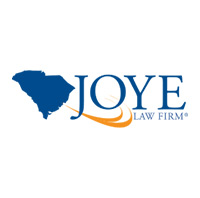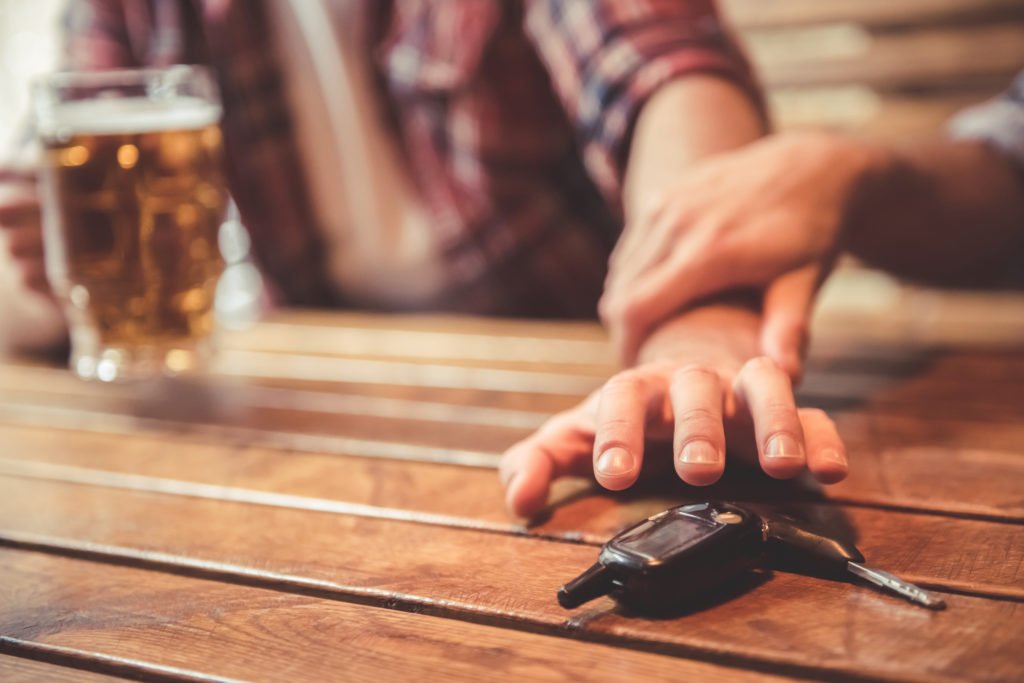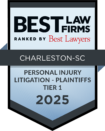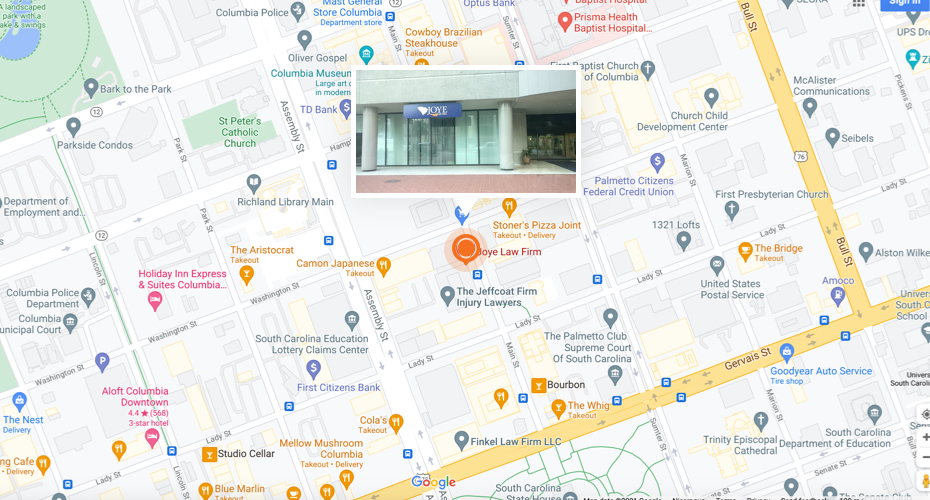
When you consider the automotive technology available today and in the near future and compare it to the technology available just a few years ago, you can’t help but be amazed.
Even something as basic as seatbelts were not standard safety features in cars of the 1950s and early 1960s. Airbags did not become common until the 1990s. Over the years since the first mass-produced vehicles rolled off the assembly lines, though, innovators have been looking for ways to make driving safer. This has led to innovations such as:
 Constructing vehicles in a way so that the vehicle’s bumpers and chassis absorb the majority of the forces present in an impact.
Constructing vehicles in a way so that the vehicle’s bumpers and chassis absorb the majority of the forces present in an impact.- Installing safety belts to help keep a driver or passenger involved in a crash from hitting other stationary objects in the interior of the car or from being ejected from the car.
- Installing airbags – first on the driver’s side and then on the passenger side and throughout the interior of the car to help reduce the chance of a serious injury.
The newest wave of technology employs sophisticated sensors that can help drivers maintain awareness of traffic to avoid a car accident. One such feature now being installed in many vehicles is blind spot assist devices, as described on a website sponsored by the National Safety Council.
What are Blind Spot Information Systems?
According to an article in ExtremeTech, a blind spot information system (also referred to as blind spot assist devices or blind spot monitoring) refers to any computerized sensory system that helps a driver detect whether an object – another car, a motorcyclist, a truck, etc. – is in the driver’s blind spot.
“Blind spot” refers to an area behind and to each side of a car that a driver cannot see simply by using the rearview mirror and side-view mirrors. Drivers who do not check their blind spots before changing lanes run a risk of colliding with another car, commercial vehicle, or motorcycle. These collisions could result in significant damage to both vehicles, as well as their occupants.
How Does Blind Spot Monitoring While Driving Work?
The side blind-zone alert system consists of a series of sensors connected to the car’s main computer and a warning sound and a light on the side-view mirror or dashboard of the car. The systems differ, but most blind spot systems work in a similar manner:
- The system may engage when the sensors detect another vehicle in the driver’s blind spot, or the system may only engage when the driver activates his or her turn signal.
- If the system is activated and there is another vehicle in the driver’s blind spot, a visual and/or audible warning signal will be given. The visual signal may appear in the side-view mirror on the side of the vehicle where an object is detected in the vehicle’s blind spot, or the visual warning may appear on the vehicle’s dashboard. The warning signal may also be a vibration felt through the steering wheel.
- The signal will continue to sound, be displayed, and/or be felt until the other vehicle moves out of the driver’s blind spot and/or until the driver deactivates the turn signal.
How Can Blind Spot Monitoring Help Me Avoid an Accident?
Blind spot monitoring devices, when used correctly and when warnings are heeded, can help reduce the chance of a driver colliding with another vehicle in the driver’s blind spot. In order to be most effective:
- The blind spot monitoring sensors must be clean and functioning properly. If the sensor is dirty or otherwise obstructed, it may not properly detect the presence of another vehicle in the blind spot and thus fail to warn the driver of the other vehicle’s presence.
- The driver must be aware of the blind spot warning system and know how it works. If the driver does not know the car is equipped with a blind spot information system, or if he or she does not know what the system’s visual and/or audible warnings look or sound like, the driver may fail to heed the system’s warnings and change lanes regardless. Or the driver may panic, believing he or she must pull off the side of the road and change lanes into another vehicle. To combat this, drivers should consult the owner’s manual and determine if their vehicle is equipped with blind spot alerts (most older cars are not). If so, the driver should read the owner’s manual to learn what type of alert is provided and under what circumstances. If the driver cannot determine this information on his or her own, the dealership can assist the driver.
- The vehicle must be detectable by the sensors. If the sensors cannot detect the vehicle then it cannot provide the warning. Motorcycles can be difficult for some sensors to track because of their small size. Traffic that is moving slowly or extremely fast may also be difficult for the sensor to track. Cars and commercial vehicles traveling at highway speeds are most likely to be detected by the driver’s blind spot alert system.
- The alert should be coupled with a visual scan of the blind spot. The blind spot alert system is not meant to be a replacement for actually checking the driver’s blind spot. Instead, it is merely designed to alert the driver that he or she should check the blind spot before attempting the intended maneuver. Anytime drivers hear or see the blind spot warning before changing lanes, they should look over their shoulders and visually verify if there is in fact a vehicle present.
The South Carolina attorneys at Joye Law Firm want drivers in Columbia, Charleston, Clinton, Myrtle Beach, and throughout South Carolina to be aware of the new automotive technology available and how it can help them stay safe by avoiding a car crash. If you or a loved one has been injured in a crash, Joye Law Firm is available to assist you in determining what to do next. Call our office or contact us online for prompt and professional counsel.







































